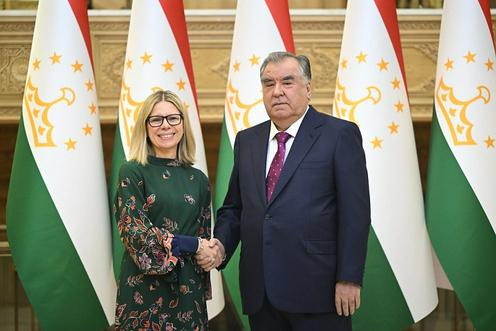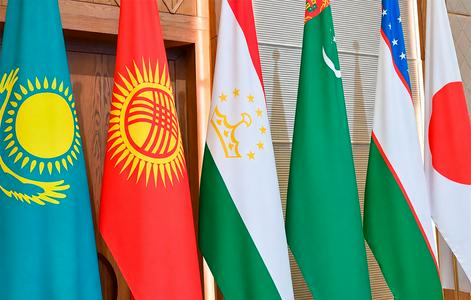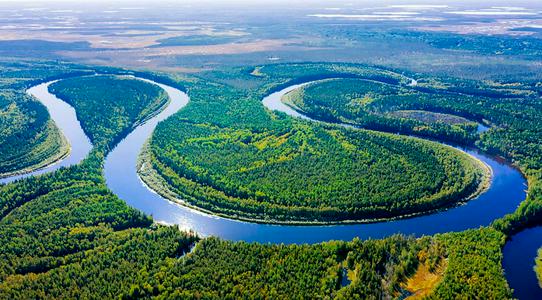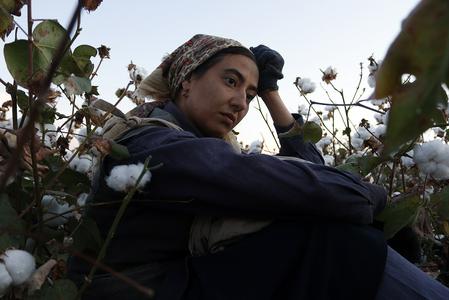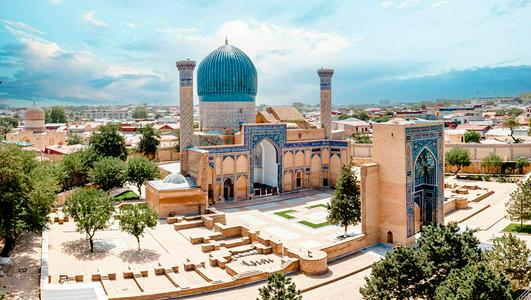The World Bank will continue financing the construction of the Rogun Hydropower Plant in Tajikistan, considering the project a key initiative for the entire Central Asian region, according to Anna Bjerde, the bank’s Managing Director of Operations. Her remarks were reported by the Khovar news agency during an official visit to the country.
“Rogun is an important project in the green energy sector, with significance not only for the people of Tajikistan, but also for the wider region. We hope our partnership will enter a new phase and help lay the foundation for sustainable development,” Bjerde said.
She noted that the World Bank is one of nine international partners backing the construction of the massive hydropower facility.
During the visit, the World Bank delegation toured the site alongside Tajik Prime Minister Kohir Rasulzoda. The guests were briefed on the main phases of construction and visited underground worksites, transport tunnels, and the turbine system. The World Bank representatives praised the project’s pace of development. Bjerde described the Rogun Dam as a symbol of national determination, sustainable progress, and effective cooperation between international institutions and the Tajik government.
“We are encouraged by the progress made and are ready to continue our cooperation in this direction,” she concluded.
According to Tajik media, the World Bank delegation also met with President Emomali Rahmon in Dushanbe. The institution has been working with Tajikistan for over 30 years, with a current project portfolio totaling $3.3 billion.
Bjerde emphasized that the partnership’s core priorities are poverty reduction and improving living standards in both urban and rural areas. The bank is also involved in projects related to infrastructure, agriculture, water supply, and sanitation.
At the same time, the Rogun project remains controversial. The environmental coalition Rivers Without Boundaries warned that the current design poses serious ecological risks, and the World Bank must uphold its own standards by conducting a thorough and objective risk assessment before committing further funding. Recently, the bank received formal complaints from residents of neighboring Uzbekistan and Turkmenistan, who fear the dam could harm the Amu Darya river’s downstream ecosystems. An expert group is expected to review these concerns.
The Rogun Dam is Tajikistan’s largest energy project. Completion of all construction phases is planned by the end of 2031. Two generating units of 600 MW each are already in operation, with a third scheduled to launch this year. Upon completion, Rogun will be the largest hydropower plant in Central Asia, with an installed capacity of 3,600 MW and an annual electricity output estimated at 13 to 17 billion kWh.
